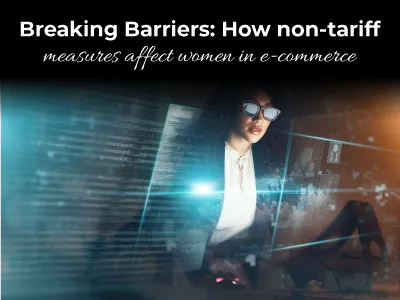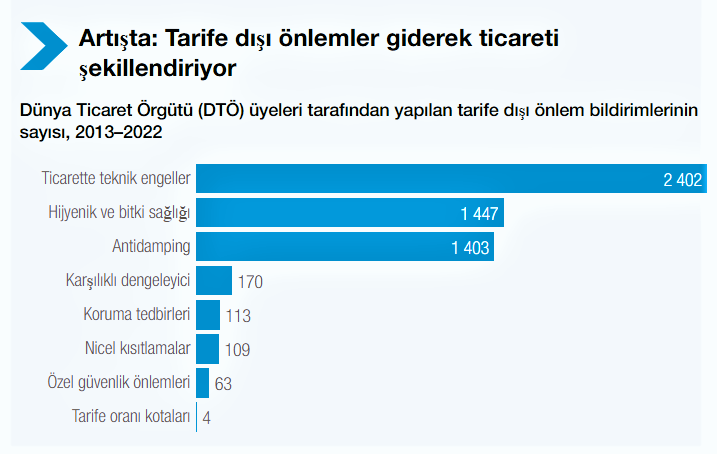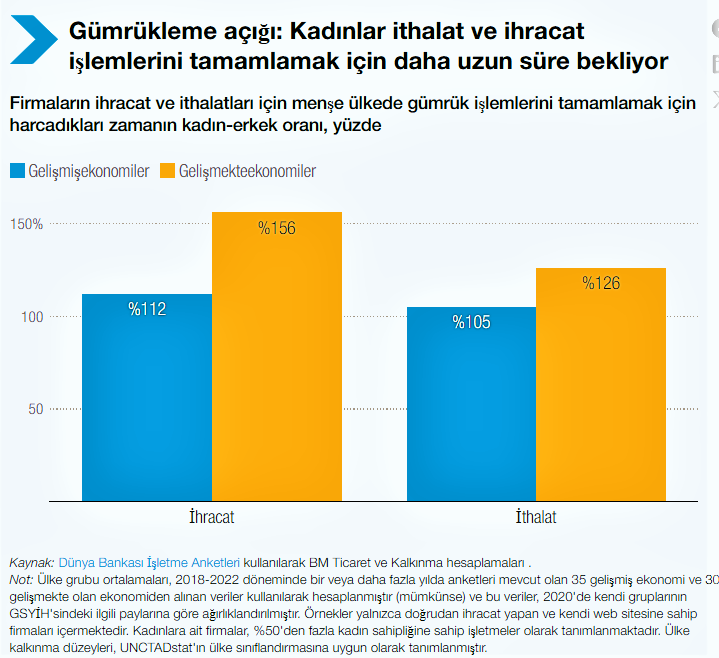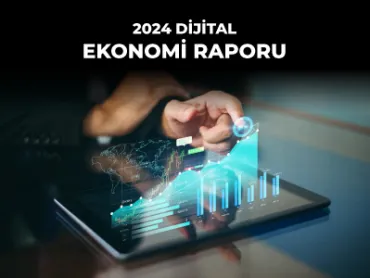
The UN Trade and Development report highlights why targeted support and gender-sensitive policies are key to helping women entrepreneurs succeed in the global digital economy. Here's what to do in this context;
- Understanding CTOs: Non-tariff measures affect global trade and women-led businesses.
- Challenges and solutions: Potential strategies to overcome the unique barriers women face in e-commerce.
- Empowering women: NTMs (Non-Tariff Measures) can support and protect women exporters in the digital economy.
The UNCTAD's recent publication "The impact of non-tariff measures on women's e-commerce businesses in developing countries" sheds light on the unique challenges facing women-led businesses in the digital economy and the role of non-tariff measures.
What are NTMs and why are they important?
Non-tariff measures (NTMs) are all policy measures other than tariffs that can potentially have an economic impact on international trade in goods. NTMs include product specifications for safety and food regulations designed to protect health, as well as directly restrictive trade defense policies. These include quotas, non-automatic import licensing, and rules of origin.
While many NTMs are primarily aimed at protecting public health or the environment, they significantly affect trade by adding information, compliance, and procedural costs. As identified by the UN Trade and Development Organization, their prevalence has increased steadily over the last decade. In this sense, they are increasingly shaping trade and influencing who trades and how much they trade.

Challenge
Although they are designed in a gender-blind manner, NTMs disproportionately affect women-led businesses. Compliance with these measures affects these enterprises more than male-led enterprises, depending on various factors. These include pre-existing gender differences, firm size, the capacity of exporters, the economic sector in which the enterprises operate, and the accessibility of support systems.

Since women-led firms are more likely to fall into the micro, small, and medium-sized enterprise (MSME) category than their male counterparts, they face higher trade costs associated with NTM. These enterprises may experience NTMs differently due to different capacities, demands, and concentrations by sector and product. Smaller firms generally struggle with higher fixed compliance costs relative to their trade volume, resulting in heavier regulatory burdens.
Women-led enterprises are also often concentrated in less profitable product categories, such as agriculture and textiles, and have a higher prevalence of NTMs compared to sectors such as machinery, mining, fuel, and transportation.
In addition, women-led enterprises face gender-based supply-side constraints. These include difficulties in accessing information on compliance requirements, limited technical capacity and resources, and a higher proportion of unpaid work. For example, women-owned enterprises spend 1.5 times longer than their male counterparts on customs clearance due to NTM compliance requirements. As a result, the overall impact of these measures on women-led enterprises is disproportionately negative as they struggle with increased compliance costs and time.

Can NTMs also support women in trade?
Evidence suggests that sectors where women are prevalent, such as agriculture and food, can benefit from NTMs. These measures can increase consumer confidence through health regulations and technical barriers while boosting trade through low-cost requirements such as labeling and packaging.
Regulations on cross-border online activities, while different from typical NTMs, can also protect women exporters from gender-based vulnerabilities such as online violence and harassment. With this protection, women can participate more in the e-commerce sector.
Moreover, the digitalization of customs and trade procedures can alleviate gender-specific challenges, especially for digitally savvy women exporters. By reducing face-to-face interactions, digital trade makes exporting safer for women, who often face higher rates of harassment and corruption.
Operationalizing NTMs for women-led e-commerce businesses
More needs to be done to support women-led businesses to overcome the challenges they face in entering global digital markets. Improving awareness and understanding of non-tariff measures will lead to increased compliance. This will reduce delays through effective management of costs and time, and enable women-led e-commerce businesses to take full advantage of the opportunities offered by e-commerce.
It is crucial to invest in research to better understand the gender-specific impacts of NTMs in different industry sectors at regional, national, and global levels. From a policy perspective, understanding the gender-specific impacts of NTMs can inform the development of strategies to enable women-led firms to succeed internationally.
Effective policies should also address supply-side barriers, such as the lack of training and skills necessary to recognize and comply with NTMs, thereby reducing the disproportionate exposure faced by women-led businesses.
The main work of the UN Trade and Development Organization on NTMs
This publication is part of UNCTAD's e-learning program on trade and gender, a broader initiative by UN Trade and Development that aims to provide stakeholders, including government officials, academia, and civil society organizations, with the knowledge needed to analyze the relationship between trade and gender.
The most recent online course, held from 17 June to 22 July 2024, focused on "Trade and gender linkages with a focus on non-tariff measures from a gender perspective".
The road to a more inclusive digital economy is full of challenges. However, understanding and addressing the impact of NTMs on women-led e-commerce businesses is a crucial step towards closing the gender gap. With targeted support and gender-sensitive policies, women's potential in digital commerce can be fully realized.
 Back
Back







